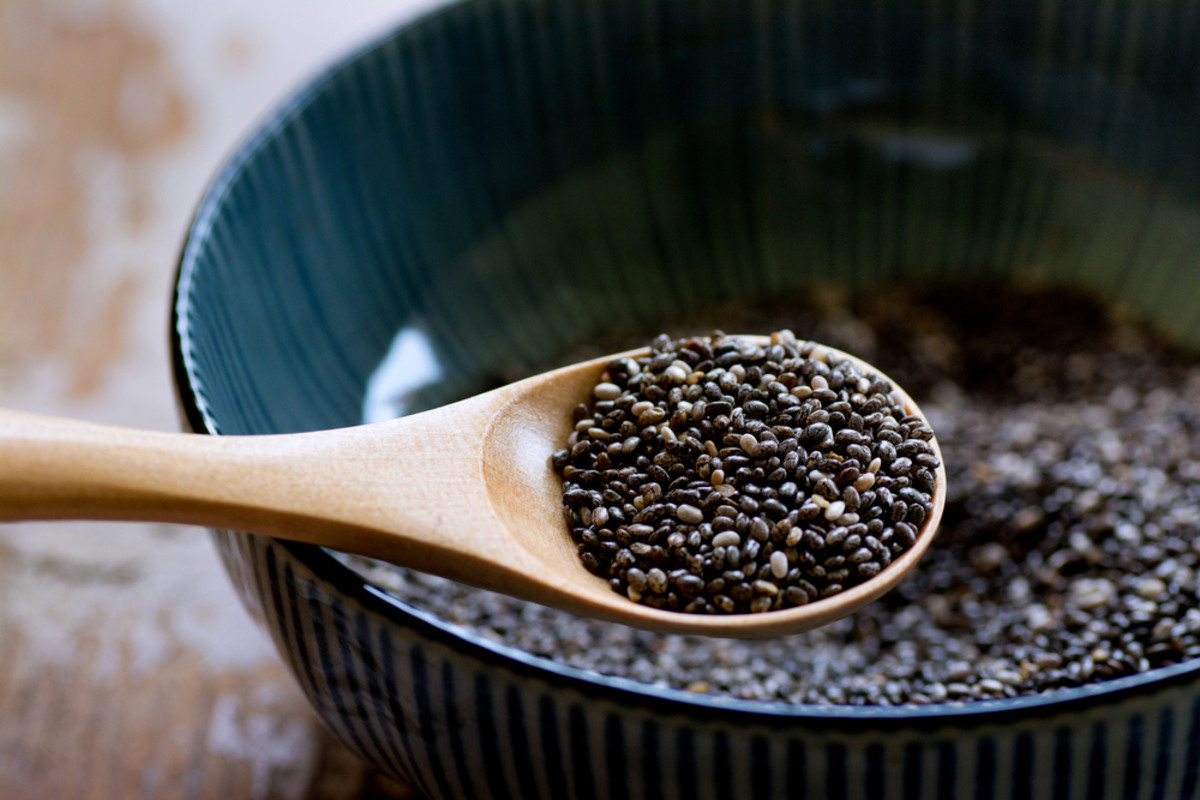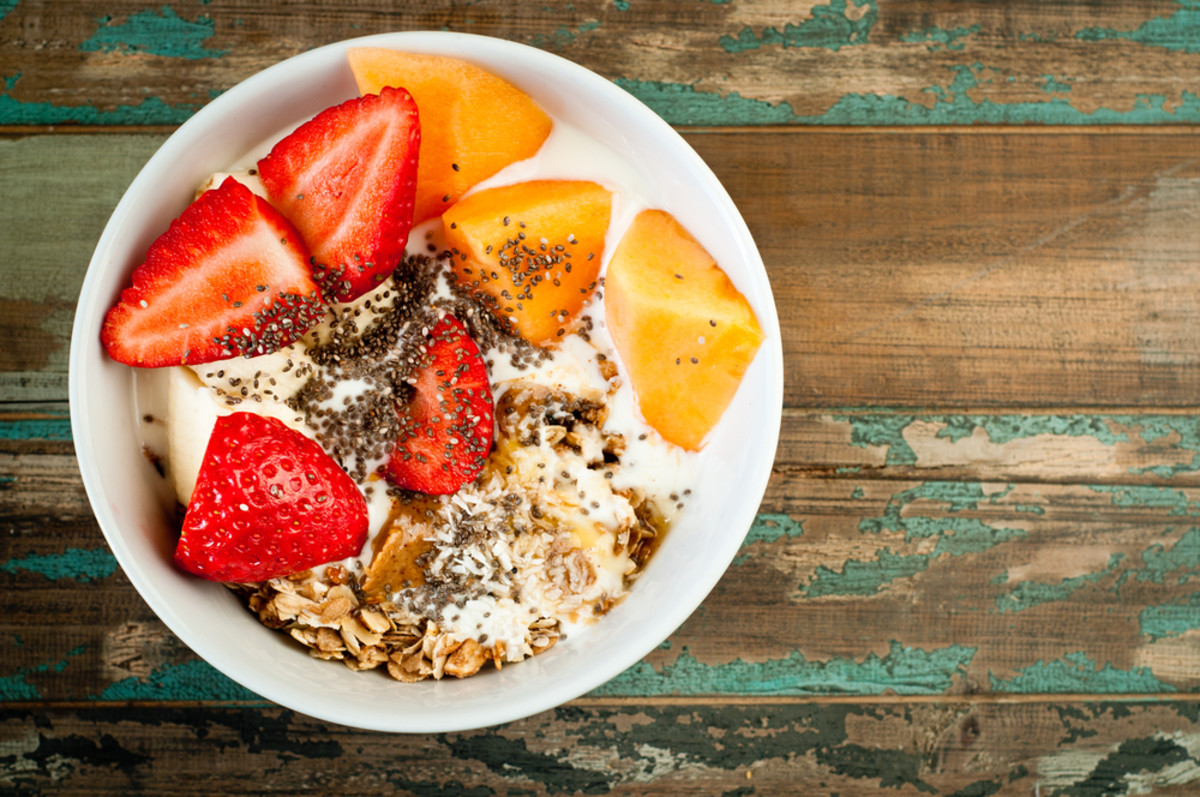 If you feel like your hair is changing quickly and you're concerned, here are five common hair issues, what might be causing them and how to reverse them.
If you feel like your hair is changing quickly and you're concerned, here are five common hair issues, what might be causing them and how to reverse them. 1. Thinning hair If your thyroid, autoimmune and hormonal testing comes back normal, thinning hair might be a sign of protein, zinc or selenium deficiency. Since zinc promotes cell reproduction, tissue growth and repair, not having enough in your system can definitely damage your strands' ability to grow.
Similarly, selenium functions as antioxidant, enhancing your immune system and supporting the body's ability to continue functioning properly, including hair growth.
What to eat: Foods high in zinc include anything of animal origin, like seafood, poultry, red meat and shellfish. Eggs and milk contain zinc, but in smaller amounts, and nuts, seeds and legumes are good sources for vegetarians. Brazil nuts, organ meats and tuna are high in selenium, and of course all are high in protein.
While you can take supplements, I always caution against them since high levels of zinc have been linked to prostate cancer in men.
2. Prematurely grey hair Hair that's going grey prematurely is probably attached to a body that's deficient in vitamin B12. Since healthy, strong hair relies on a constant supply of blood and oxygen, it's crucial to maintain optimal levels of B vitamins since they're essential to the formation of hemoglobin, which brings around the body. If your B vitamins are low, it's likely that the blood and oxygen supply to your hair is suffering. Luckily, prematurely grey hair can be reversed if you get those B12 levels up.
What to eat: Foods rich in B12 include shellfish and crustaceans, liver, meat like beef and lamb, fish such as salmon, sardines and tuna, and dairy like yogurt and milk. Vegetarians are extra susceptible since the most common sources of the vitamin are in animal products, so they may want to take a daily supplement to make sure their levels are healthy.
3. Dull hair It doesn't take a glossy magazine ad to let us know that shiny hair is a sign of health and vitality. But you don't need to spend money on hair dye or special products for shinier hair — just load up on protein- and iron-rich foods.
Since hair is made primarily of protein, it makes sense that including it in your diet will help maintain healthy growth and shine. Without enough protein and iron coming into your body, it's hard to replace hair that falls out naturally. Just make sure the protein you're eating isn't high in fat: high-fat diets can result in increased testosterone, which has been linked to hair loss.
What to eat: Iron-rich foods include beef liver, spinach, oyster and bison. Stick to lean proteins like fish, chicken, soy, low-fat daiys, eggs and almonds. (You can take an iron supplement but I don’t recommend it unless your doctor has checked your ferritin levels. Iron is a Goldilocks-level delicate mineral: a little too high or a little too low can cause serious issues.)
4. Dry hair The most common causes of dry, brittle hair are external: heat styling, chemical dyes, chlorine. But if you're not guilty of any of these and your doctor has cleared you of medical reasons, you might want to incorporate more fatty foods into your diet.
If your hair is dry and brittle to the touch, it may because your scalp isn't getting or producing enough natural oils to moisturize your locks as they grow out. Load up on essential fatty acids, something the body needs but can't produce on its own. Focus on Omega-3s, which help blood circulation and cell growth, and help hair follicles absorb nutrients better so they're moisturized and strong as the strands grow.
What to eat: Try incorporating foods like salmon, walnuts, chia seeds and flaxseed into your diet. Another trick I like is to use coconut, almond or olive oil as hair masks. Massage the oil into your hair overnight and wake up with smoother, softer locks! You'll notice your dry hair get softer when the appropriate essential fatty acids are included in your diet.
5. Dandruff Dandruff — also known as seborrheic dermatitis — is a condition that causes a scaly, dry, itchy, flaky scalp, and it's most common in people who are low in zinc and essential fatty acids. Remember: zinc promotes cell reproduction, tissue growth and repair, so having enough will guarantee the skin on your scalp is in good shape.
What to eat: Quinoa, beans, nuts, lentils and oranges are high in zinc, while flax, almonds, leafy greens, whole grains and eggs are great sources or essential fatty acids.
~Thanks to Dr. Bindiya Gandhi



